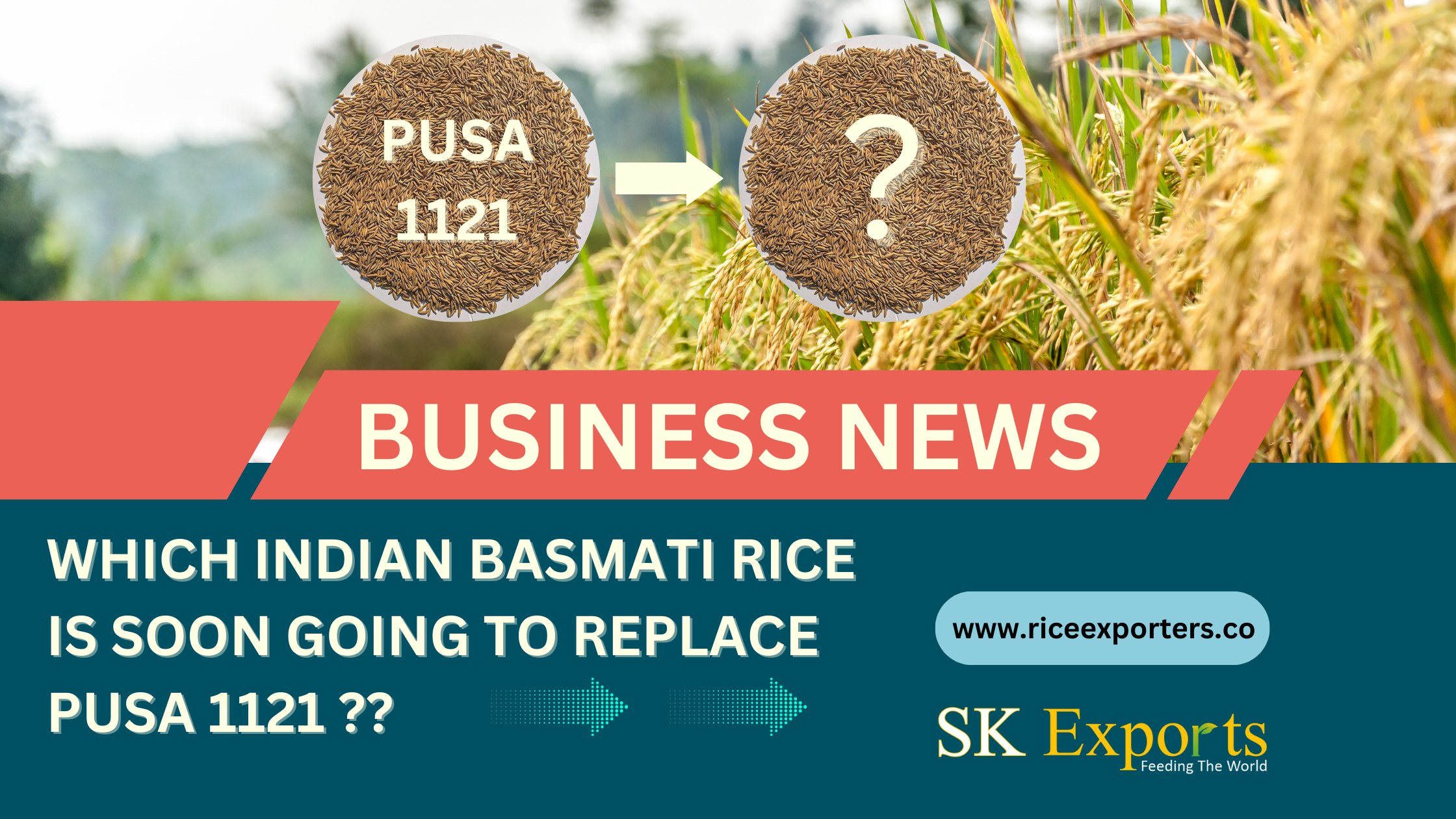India’s Basmati rice exports have experienced significant growth over the past three decades, with a remarkable increase from Rs 290 crore in 1991 to Rs 38,000 crore today. However, a significant shift is currently underway in the industry as India plans to phase out its popular export variety, PB-1121, and replace it with a new variety known as PB-1885. This transition has brought hope to farmers while causing anxiety among exporters.
Reasons for Phasing Out PB-1121
PB-1121, renowned for its long grains and distinct aroma, has been highly sought-after for export to the US, Canada, the Middle East, and European countries. However, due to a weakening gene pool, PB-1121 has become vulnerable to diseases such as bacterial blight, fungal infection, and rice blast fungus. To combat these diseases, farmers have resorted to increased use of chemicals, leading to concerns over high levels of fungicide residue.
The strict fungicide residue norms of the European Union have resulted in the rejection of Basmati consignments in the past, posing a significant challenge for exporters. Consequently, the phasing out of PB-1121 has become necessary to address these issues and maintain India’s leading position in the international Basmati rice trade.
The Development of New Varieties
The Indian Agriculture Research Institute (IARI), also known as the Pusa Institute, has taken the lead in developing new and improved Basmati rice varieties. These varieties, including PB-1885, PB-1847, and PB-1886, aim to tackle the challenges posed by diseases and chemical usage while offering higher yields.
PB-1885, the successor to PB-1121, exhibits inherent resistance to bacterial blight and blast diseases. It shares similar cooking qualities and features extra-long slender grains. With a medium-duration growth cycle and significantly lower susceptibility index to diseases compared to PB-1121, PB-1885 represents a promising alternative.
Similarly, PB-1847 and PB-1886 have been developed as improved versions of existing varieties, PB-1509 and PB-1401, respectively. These new varieties possess resistance to diseases such as bacterial blight and blast, providing farmers with more resilient and higher-yielding options.
Impacts on Farmers and Exporters
The transition to new Basmati rice varieties has elicited contrasting reactions from farmers and exporters. Farmers are optimistic that the improved varieties will offer better yields, increased disease resistance, and reduced reliance on chemicals. The distribution of disease-resistant Basmati rice seeds by the IARI and positive feedback from progressive farmers highlight the potential benefits of these new varieties.
However, exporters express concerns about the potential impact on their businesses. Building a similar level of acceptance for the new varieties among importers will require time and effort, potentially leading to uncertainties in the export market. The exporters emphasize that the establishment of PB-1121 as an international brand took several decades, and a sudden change in variety could adversely affect exports.
Government Initiatives and Future Outlook
Recognizing the need to address the challenges faced by Basmati rice exports, the Indian government has directed research institutions like ICAR to find solutions. The development of disease-resistant varieties and their distribution to farmers demonstrate the government’s commitment to supporting the agricultural sector.
While the phasing out of old varieties will be a gradual process, the benefits offered by the new varieties are expected to attract more farmers. As early adopters witness the advantages firsthand, other farmers in their villages are likely to follow suit. This pattern has been observed previously when older varieties were replaced, and it is anticipated to repeat with the new Basmati rice varieties.
The transition from PB-1121 to new Basmati rice varieties marks a significant milestone in India’s Basmati rice industry. The challenges posed by diseases and chemical residue necessitate the development of more resilient and high-yielding varieties. While exporters express concerns about the potential impact on their businesses, farmers remain hopeful that the new varieties will provide them with improved yields and reduced reliance on chemicals. With the government’s support and the positive response from early adopters, the new varieties are poised to play a crucial role in maintaining India’s position as a leading exporter of Basmati rice.
For more information on Basmati rice exports, you can visit SK EXPORTS at https://www.riceexporters.co/.
